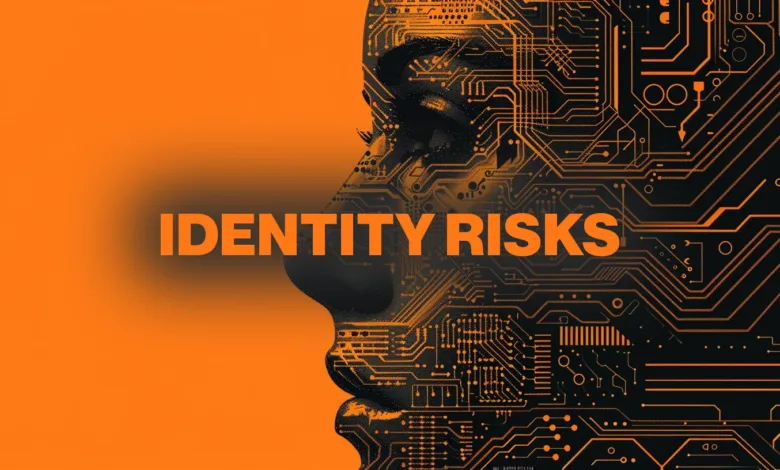Shocking Truth About Identity Security Confidence

▼ Summary
– Organizations with the highest confidence in their identity security follow fewer best practices than their less confident peers, revealing a gap between perception and reality.
– Despite 74% of IT leaders rating their identity security as strong, most lack basic measures like enforcing MFA (60%) and regular access reviews (40%).
– Few organizations prioritize key security practices, with only 27% enforcing least privilege access and under 30% allocating over 20% of their cybersecurity budget to identity security.
– In the past two years, 72% of organizations faced attacks, with 38% stemming from compromised credentials and 36% involving identity-related data breaches.
– Overconfidence in breach detection contrasts with actual outcomes, as breaches led to operational downtime, reputational damage, and financial losses.
A startling disconnect exists between how secure organizations believe they are versus their actual identity protection measures. New research reveals that companies expressing the strongest confidence in their identity security frequently implement fewer safeguards than those with more modest self-assessments. This dangerous overconfidence creates significant vulnerabilities in today’s threat landscape.
The findings show 74% of IT leaders consider their identity programs mature, yet their practices tell a different story. Organizations labeling themselves as “Advanced” follow just 4.7 out of 12 critical security best practices, fewer than those identifying as merely “Established.” Basic protections like multi-factor authentication (MFA) for all users are enforced by only 60%, while regular access reviews, essential for minimizing unnecessary permissions, are conducted by a mere 40%. Even more concerning, only 27% implement least privilege access, a cornerstone of identity security.
Budget allocations further highlight the gap. Fewer than 30% dedicate more than 20% of their cybersecurity spending to identity protection, despite credentials being a prime target for attackers. Arun Shrestha, CEO of BeyondID, notes, “Many organizations mistake confidence for competence. Without foundational controls, they remain exposed to preventable threats.”
The consequences are severe. Over the past two years, 72% of surveyed companies faced at least one cyberattack, with 46% experiencing multiple incidents. Credential-based breaches were particularly rampant. 38% suffered unauthorized access due to phishing.
Despite 85% claiming they could detect breaches within a day, the aftermath often included downtime, financial losses, and reputational harm. Shrestha emphasizes, “If perception matched reality, these incidents wouldn’t be so widespread. Underfunding identity security while threats escalate is a recipe for disaster.”
The report urges organizations to reassess their strategies by prioritizing consistent access reviews, enforcing least privilege, and increasing budget allocations to close these critical gaps. Without addressing the divide between belief and practice, businesses remain at heightened risk in an increasingly hostile digital environment.
(Source: HelpNet Security)





